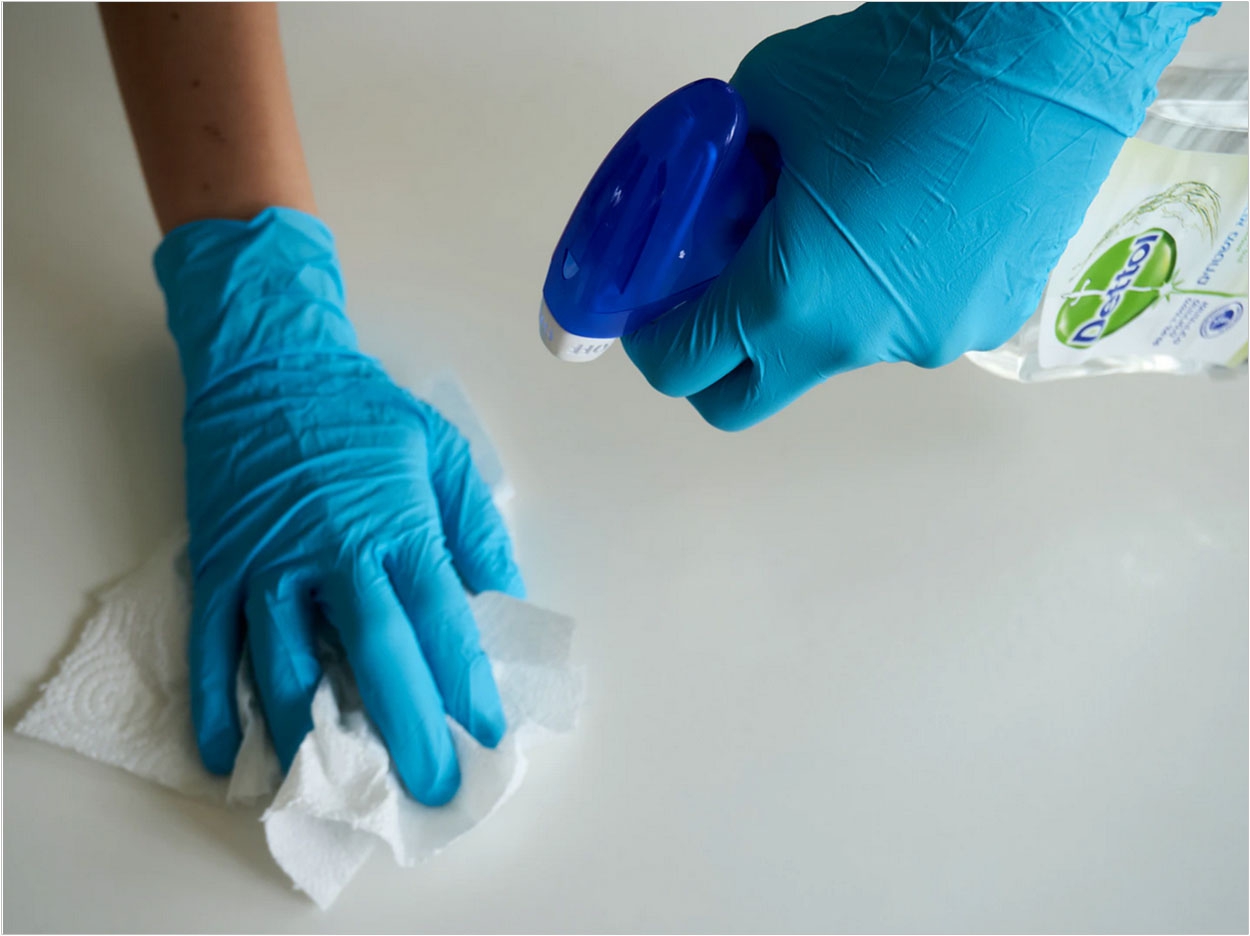
Five Congressmen who also are dentists wrote to Centers for Disease Control and Prevention (CDC) director Robert R. Redfield, MD, to express their concern about an apparent shortage of antimicrobial sprays, wipes, and other surface disinfectants approved for use in healthcare settings and to ask for guidance about what to do when these products aren’t available.
The dentists—Brian Babin, DMD (R-Texas), Michael K. Simpson, DMD (R-Idaho), A. Drew Ferguson IV, DMD (R-Georgia), Paul A. Gosar, DDS (R-Arizona), and Jeff Van Drew, DMD (R-New Jersey)—also encouraged Redfield to explore the viability of using surface disinfectants that the Environmental Protection Agency (EPA) has allowed for temporary emergency use.
“As dentists, we know firsthand how critical surface disinfectants are in preventing the spread of viruses and bacteria in healthcare settings. During the coronavirus pandemic, our frontline healthcare workers have done a tremendous job of preventing its spread by enhancing their infection control protocols,” the letter said.
These protocols have included additional cleaning and disinfecting of operatories and check-in and check-out stations using hospital and consumer-grade disinfectants in accordance with CDC guidelines, the Congressmen said, though they also noted the growing scarcity of surface disinfectants recommended for use in healthcare settings.
The letter further said that the pandemic has caused aerosol disinfectant sales to surge 520% over the same time last year and that sales of multipurpose cleaners have increased almost 250%. Manufacturers and retailers are struggling to meet demand, the Congressmen said, and most are now rationing sales.
“The National Supply Chain Task Force anticipates surface disinfectants will remain in short supply until at least January 1, 2021. Until then, the country will have to prioritize how these products are allocated and, hopefully, find innovative ways to boost the supply chain. The CDC is ideally positioned to help with both,” the letter said.
“The EPA is continuing to explore how its temporary emergency authorities can be applied to safely and effectively alleviate the scarcity of surface disinfectants. The agency has already granted temporary emergency approval for registered manufacturers to develop and sell new surface disinfectants without waiting for EPA approval, provided the agency is notified,” it continued.
The Congressmen said that the CDC could build on those efforts by developing guidance about whether and how those temporarily approved products can be used in healthcare settings.
“Again, we urge the CDC to develop guidance to help clinicians know what to do when surface disinfectants are not readily available. And we hope such guidance will address whether and how surface disinfectants that the EPA is allowing for temporary emergency use can be leverages in healthcare settings,” the letter said.
Related Articles
Dental Groups to Lobby Congress for More Research and Program Funding
EPA and CDC Update Cleaning and Disinfection Guidance
WHO Tweaks COVID-19 Dental Treatment Guidelines












